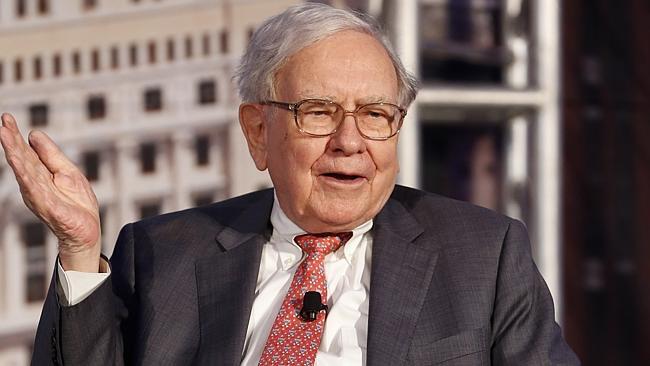Five market pointers for another volatile year ahead
It’s clear the second half will be just as nerve- wracking, and hopefully just as rewarding, as the past 12 months.

Just as you thought the local market was packing it in — with a sharp 5 per cent fall over the April/May period — suddenly as we get set for the second half of the calendar year, it looks like that mid-year downturn is over and the market consensus is that the ASX will move solidly higher in the months ahead.
Tuesday marks the last day of the financial year, with the ASX 300 showing a return for the last 12 months of about 3.2 per cent: add in dividends (averaging 4.3 per cent across the ASX 300) to that pure “price” return and you get an accumulated return of almost 7.5 per cent. Add franking credits to that combined amount and most investors should achieve between 9 and 10 per cent for the year in total after tax returns — a perfectly good return in an era of 2 per cent interest rates.
Looking ahead the question for investors is: what phase of the market are we now experiencing? And what are the milestones from the first half of calendar 2015 that may serve as signals for what’s to come?
For what it’s worth brokers believe we should move from today’s level of about 5550 to finish somewhere between 5800 and 6000 by Christmas.
Cracking that 6000 ceiling will of course be a major challenge as we know from the repeated failed attempts to cross the barrier earlier this year.
Most leading investors view the market now as one in the advanced stages of an extended recovery, a little expensive by international standards but also paying high dividends.
For my money, there have been five key market situations in the first half of calendar 2015 that signal “where this market is at”. The first three signals are negative — they reveal a weakness in a single stock that may be prevalent across the wider market. The last two are positive — they reveal a strength in a stock that the market has come to appreciate.
1. Slater & Gordon: A bridge too far
With a 20 per cent plunge in a single day for this Top 200 stock earlier this week, veteran investors once against find themselves wondering if an Australian listed company has come up short in its attempt to expand overseas. Over-confidence when it comes to offshore acquisitions and a lack of on-the-ground experience can hobble the smartest local companies. In short, the Slater & Gordon story suggests too much too fast at a company in a new field (listed legal groups) with international ambitions.
2. Woolworths: Complacency in the face of crisis
Outgoing CEO Grant O’Brien — and more than 1000 staff — may have taken the fall for the failings of this once mighty supermarket stock but there is more pain to come. Woolworths’ 25 per cent drop over the last few months reveals a stock where reality finally hit home after management seemed determined to press on with a strategy that was not working — the utter failure of the Masters hardware operation is the most obvious mistake.
The reversal at this leading blue chip suggests market dominance will not be enough to save stocks that do not make their numbers in the second half of the year.
3. South 32: Demergers don’t guarantee success
BHP’s decision to carve off its aluminium, coal and nickel assets into South32 has yet to create shareholder value. The uninspiring sight of a newly floated stock drifting below its first day closing price — South32 started at $2.05 and closed yesterday at $1.86 — tells us demergers don’t always work. In other words until we see a convincing and sustained lift in resource prices no amount of financial engineering will get mining stocks back into favour.
4. IAG: Passing the Buffett test
Of course Warren Buffett bought his 3.7 per cent of listed insurer IAG in a very good deal that no retail shareholder could orchestrate. Nonetheless, the value was there with a listed insurer sitting sweetly in the market with a strong dividend and an exposure to a return to a normalised bond rates.
Our market may have bid up the banks too high but major financial service groups such as IAG pass muster with the world’s greatest living investor. The deal will be noted by every fund manager in the world. Expect more action at this end of the market.
5. NAB: The bank that roared
In April the bank jumped the pack with a well-timed discounted rights issue that greatly improved its funding and allowed it to exit the long-troubled British subsidiaries. The rights issue was offered at $28.50 — NAB is now worth $34.09.
NAB has been consistently the cheapest of the big four banks. Now it has new leadership — and if leadership is ultimately about strategic direction and execution then new CEO Andrew Thorburn has found a fresh formula that could make NAB the most rewarding of the big banks in the months ahead.
Putting these factors together, it’s clear the second half will be just as nerve wracking and hopefully just as rewarding as the last 12 months. It’s a very mixed market and index holders will leave a lot of money on the table in a market where winners and losers are being singled out with a new clarity.



